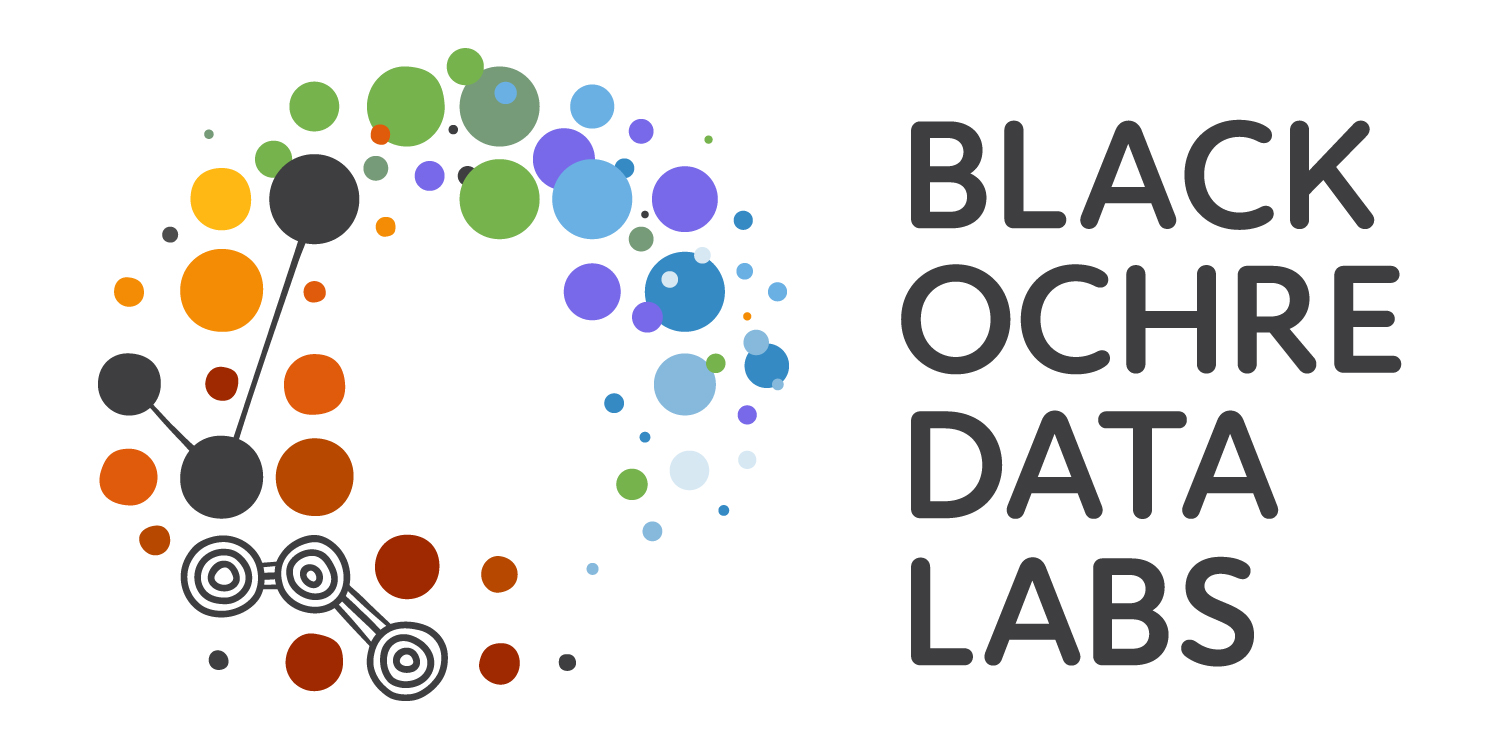library(tidyverse)Working With Text
RAdelaide 2024
Dr Stevie Pederson
Black Ochre Data Labs
Telethon Kids Institute
Telethon Kids Institute
July 9, 2024
Text Strings
Text Manipulation
- Start a new R script:
text.R
- Next, create the vector we’ll mess around with
Text Manipulation
- Working with
charactervectors - One of the most common and regular tasks
- Cleaning up column names
- Cleaning up data
- Tidying up text on plots
- Particularly relevant when working with IDs
- May appear as
Run 1in one file andRun_001in another
- May appear as
- Data providers often have their ID formats and edit the ones provided
- Need to identify & extract/modify
Regular Expressions
- We’re mostly familiar with words
- Regular Expressions (
regexp) are incredibly powerful tools in this space regexpsyntax is not unique toRRdoes have a few unique “quirks” though
- Regular Expressions (
- Will progress to categorical data \(\implies\) factors
Text Manipulation
- The package
stringrcontains functions for text manipulation - Key Functions:
str_detect()str_remove()str_extract()str_replace()
- Alternatives to
grepl(),grep(),gsub()etc. frombase
stringr::str_detect()
str_detect()returns a logical vector- Same length as the input vector
stringr::str_detect()
- In the above we used basic words for the search pattern
- Regular expressions use a
.as a wild card*has different meaning to many other contexts
- The wild-card value
.obviously needed to followMin this search
stringr::str_detect()
- Alternative individual characters can be specified within
[]
- Here either an
ooruneeded to follow theM
stringr::str_detect()
- We can also anchor patterns to:
- The start of a stringr (
^) - The end of a string (
$)
- The start of a stringr (
stringr::str_view()
- We can check our matches in detail using
str_view()
stringr::str_extract()
- We can use
str_extract()to extract patterns
stringr::str_extract()
- Wildcards can also be used
stringr::str_extract()
- We can extend the wildcard using
+- This means ’repeat the previous pattern 1 or more times`
- .` is a wildcard \(\implies\) repeat the wildcard (not the match) 1 or more times
stringr::str_extract()
- Or just be even more general using
[:alpha:]
- The complete list of classes is at
?base::regex
stringr::str_extract_all()
str_extract()will only return the first match
- Note that now we have a list of the same length as
x- Each element contains all matches within the initial string
stringr::str_remove()
- We can use the above tricks to remove patterns within our text
- Notice that only the first match was removed
str_remove_all()will remove all occurences
Very useful for removing file suffixes etc
stringr::str_replace()
str_replace()is used for extracting/modifying text strings- Even more powerful than
str_extract()
- Even more powerful than
- Searching the
string“Hi Mum” for thepattern“Mum”, and - Replacing the first instance of “Mum” with “Dad”
stringr::str_replace()
- Wildcards and character sets work in the exact same manner
stringr::str_replace()
- The use of capturing patterns makes this extremely flexible
- We can capture words/phrases/patterns using
(pattern)- Captured patterns are able to be returned in numeric order of capture
- In the following, we capture only one pattern
stringr::str_replace()
- To tidy up the final digit use
*- Like
+except the match is zero or more times
- Like
stringr::str_replace()
str_replace()only replaces the first match in a stringstr_replace_all()replaces all matches
More Helpful Functions
Additional Tools and Tricks
- The function
paste()is a very useful one- The default separator is
" " paste0()has the default separator as""
- The default separator is
Additional Tools and Tricks
- The package
gluehas revolutionised text manipulation- We can pass R objects or function calls to the middle of a text string
- We do need to be careful with quotation marks here
- Output is of class
glue- Coerces back to
character - Plays very well with advanced
tidyversesyntax (e.g.rlang)
- Coerces back to
Working With Strings
- Is an incredibly common and important part of working with R
- Extract sample IDs from file names
- Pull key information from columns
- Remove prefixes/suffixes
- Correct data entry errors
- Format for pretty plotting
Factors
Factors
A common data type in statistics is a categorical variable (i.e. a factor)
- Can appear to be a
charactervector/column- Can easily trip an unsuspecting analyst up
- Data will be a set of common groups/categories
- This is a
charactervector
Factors
- We can simply coerce this to a vector of factors
- Categories will automatically be assigned alphabetically using
as.factor()
We can manually set these categories as levels using factor()
Factors
- These are actually stored as integers
- Each integer corresponds to a
level
The package forcats
forcatsis a part of the coretidyverse- Specifically for wrangling
factors - Also plays very nicely with
stringr
- Specifically for wrangling
Some Handy Tricks
fct_inorder()sets categories in the order they appear- Sort your
data.framethen applyfct_inorder()for nice structured plots
- Sort your
Some Handy Tricks
- Collapse categories with fewer than
nentries
